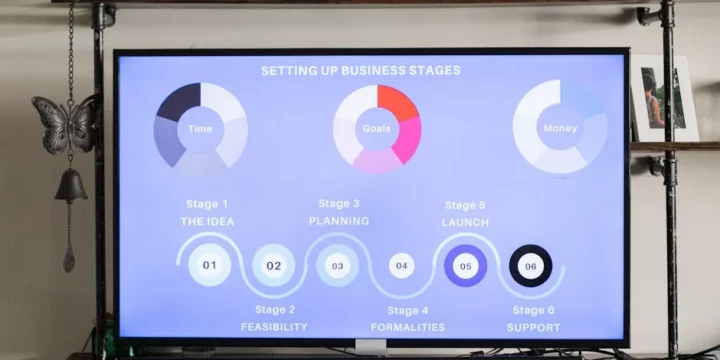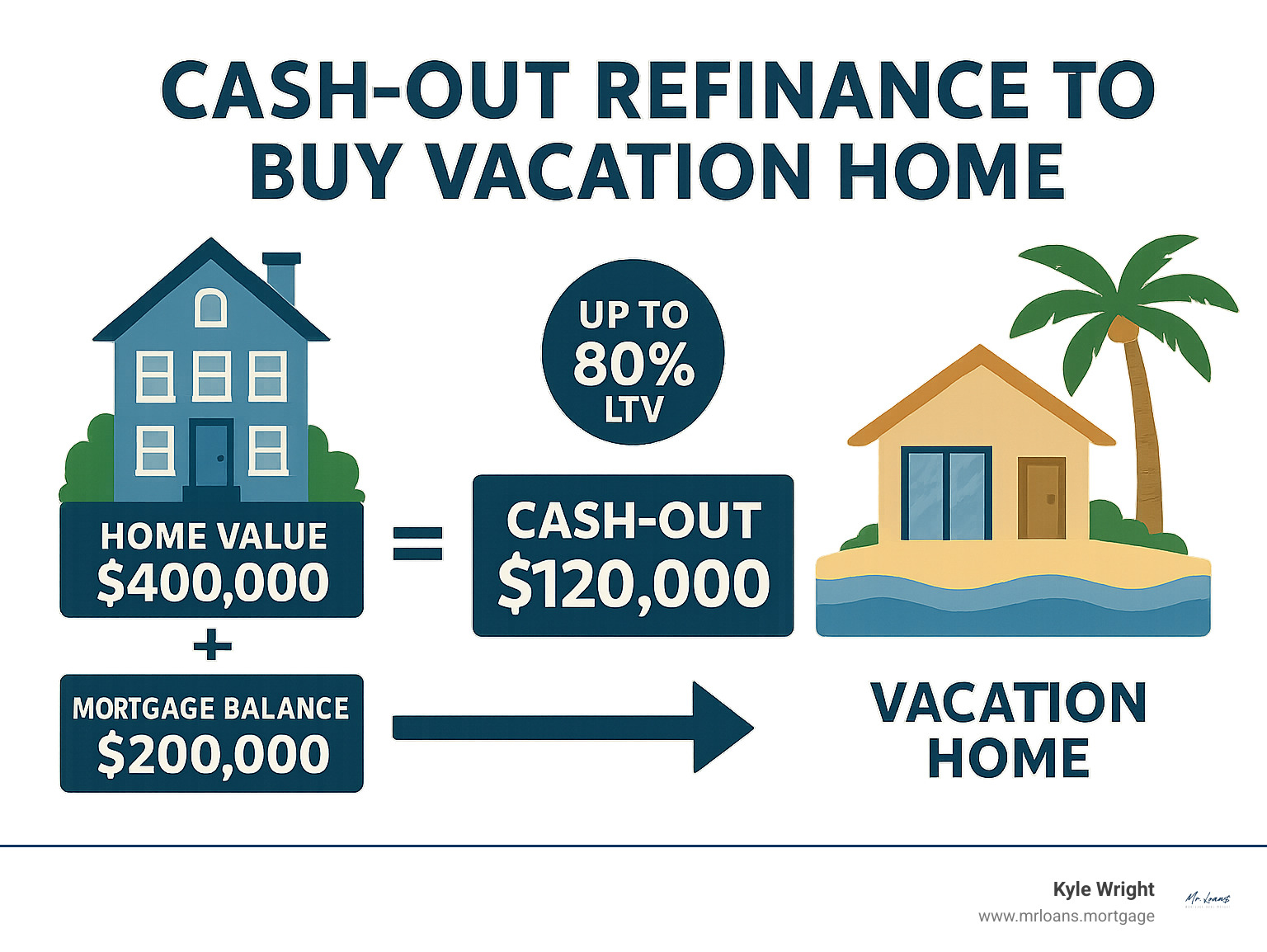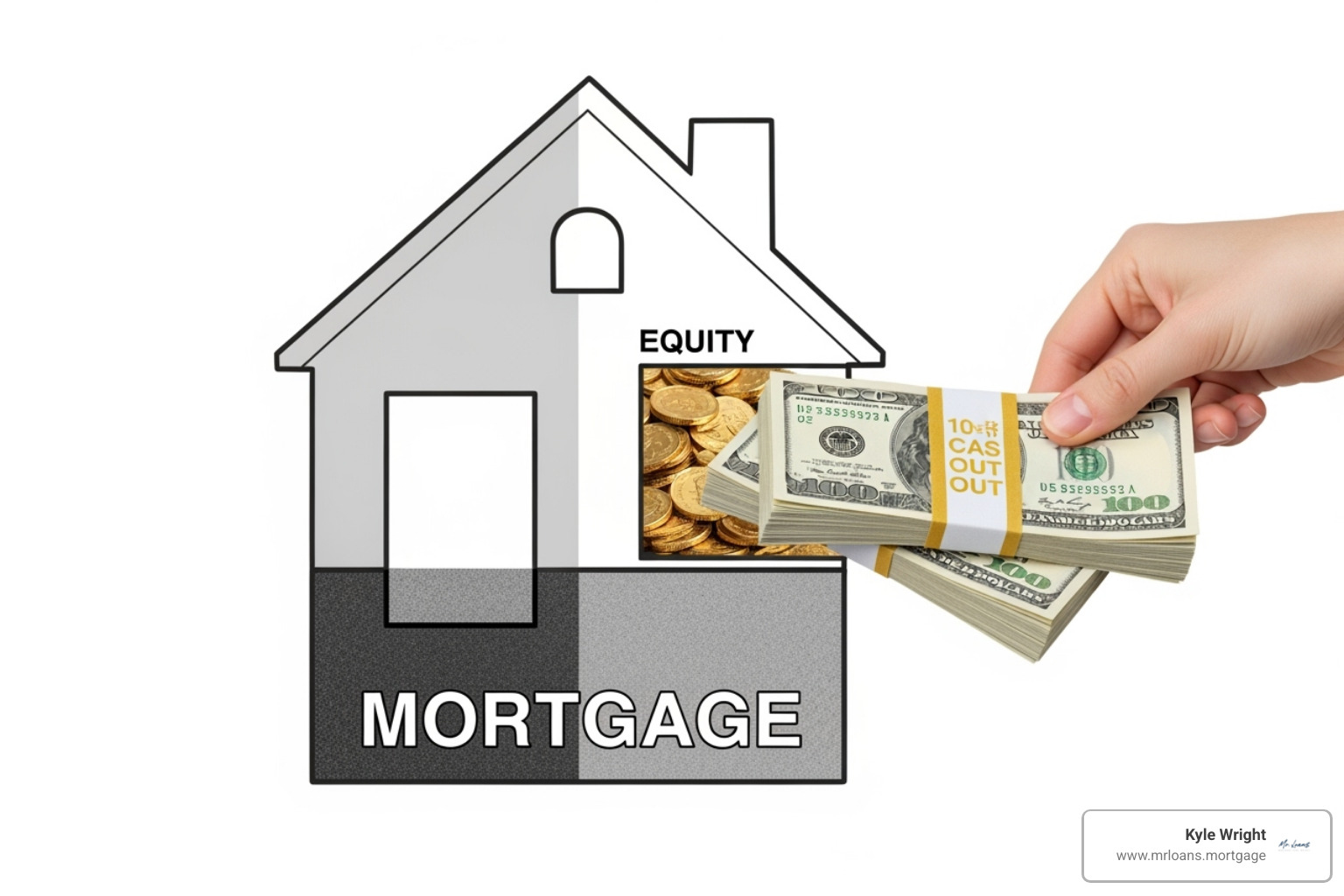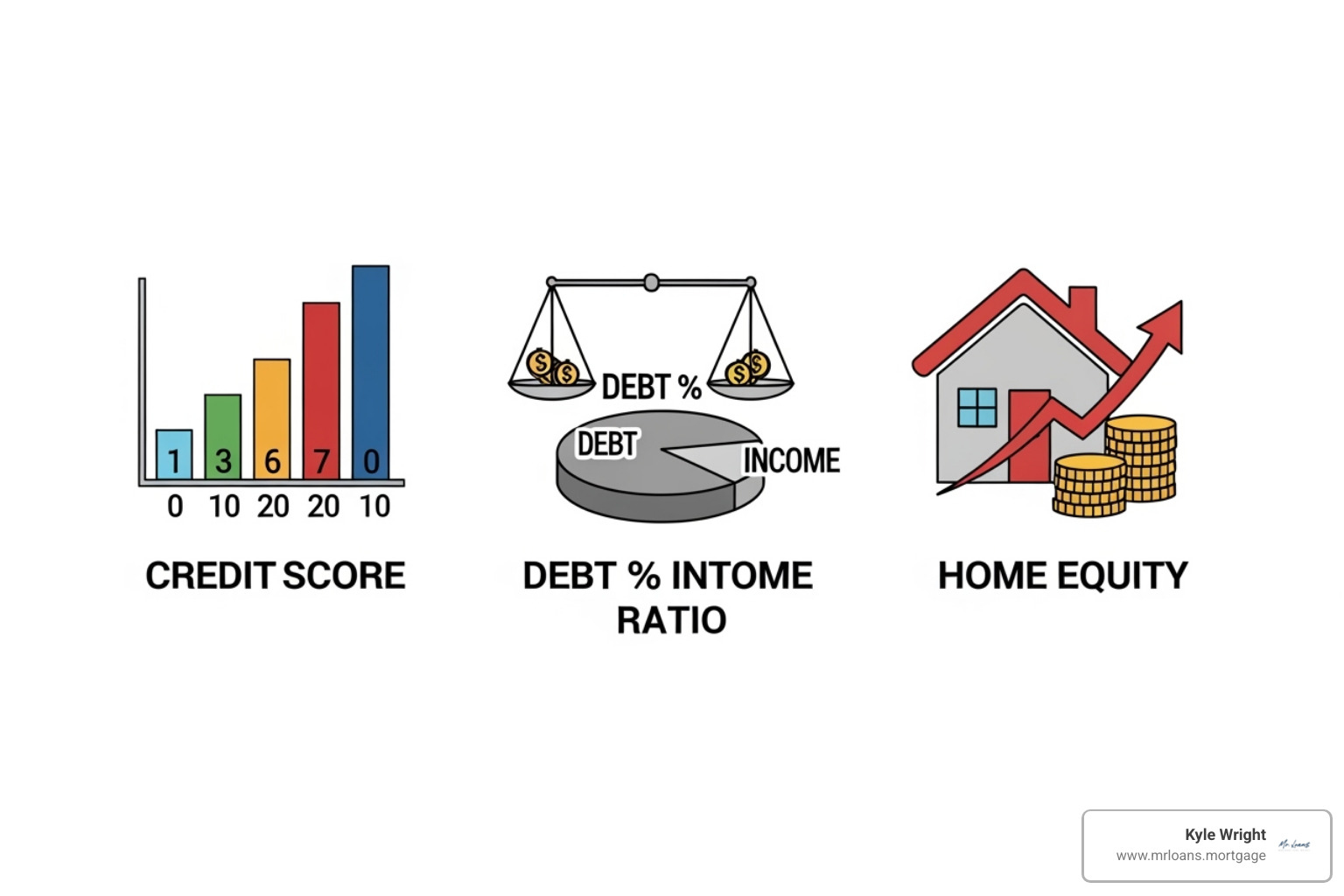Why Understanding Mortgage Denials Could Save Your Homeownership Dreams
The path to homeownership is exciting, but sometimes you may need to take specific steps to qualify for your mortgage. Don’t worry – we’ll show you how to get approved.
Top 5 Reasons for Mortgage Denial:
- Poor Credit Score – Most lenders need a minimum score of 600-620.
- High Debt-to-Income Ratio – Lenders prefer DTI below 43%.
- Unstable Employment – A consistent work history (usually 2+ years) is required.
- Insufficient Down Payment – You may need 5-20% depending on the loan type.
- Property or Documentation Issues – Low appraisals or incomplete paperwork can stop a deal.
Most mortgage denials happen for predictable, fixable reasons. Lenders aren’t trying to keep you from buying a home; they’re managing financial risk. By understanding what they look for, you can address issues before you apply.
This guide breaks down why lenders say no and provides a 5-step action plan to turn weaknesses into strengths. Whether you’ve been denied or want to avoid it, you’ll learn how to stack the odds in your favor.
5 Reasons Mortgages Get Denied
Applying for a mortgage is like a detailed financial health exam. Lenders need to feel confident you’ll pay them back, so every document request comes down to risk assessment.
Getting pre-approved isn’t a guarantee. It’s a conditional “yes” based on initial information. The real test is underwriting, where everything is verified. This process averages 44 days for new purchases, and a lot can change. Understanding what lenders look for helps you avoid common pitfalls.
1. Poor Credit or No Credit History
Your credit score is a financial report card and often the first thing lenders check. A low score is a major reason homebuyers get denied. Most lenders want a score of at least 600-620, with many preferring 650+. The average FICO score in the U.S. is around 703, so falling below these thresholds makes you a higher risk.
Missed payments, collections accounts, and high credit card balances drag scores down. After a bankruptcy, you’ll typically need to wait at least 24 months while rebuilding credit. Having no credit history (a “thin file”) can be just as problematic, as it leaves lenders with no data on your reliability. Some alternative lenders might consider non-traditional payment histories, but it’s an uphill battle.
You can check your credit report for free from Equifax, Experian, and TransUnion. We recommend doing this annually to catch and dispute errors.
2. High Debt-to-Income (DTI) Ratio
Too much existing debt is another common reason homebuyers get denied. Your DTI ratio compares your monthly debt payments to your gross monthly income. Most lenders prefer a DTI below 43%, with an ideal ratio around 36%. A high ratio signals that too much of your income is already committed to debt.
This calculation includes car loans, student loans, credit card minimums, and personal loans. For example, a $500 monthly car payment can reduce your mortgage eligibility by up to $100,000. In Canada, lenders also examine Gross Debt Service (GDS) and Total Debt Service (TDS) ratios, wanting TDS below 44%. You can still qualify with debt; the key is keeping the overall load manageable. Our Consolidation Calculator can help you explore strategies.
3. Unstable Employment or Insufficient Income
Lenders need confidence in your income, making unstable employment or insufficient income a frequent reason homebuyers get denied. The gold standard is at least two years of steady employment in the same field. Frequent job changes or significant employment gaps raise red flags.
Self-employed individuals face extra scrutiny and typically need two years of tax returns to prove income stability. Lenders evaluate your net income after business expenses, not gross revenue. Verifying income requires recent pay stubs, W-2s, and tax returns. Any inconsistencies between your application and documents will trigger additional review.
4. Small Down Payment or Insufficient Funds
Your down payment size impacts approval odds and is another key reason homebuyers get denied. A smaller down payment increases the lender’s risk.
Minimum down payment requirements vary. For FHA loans, you might need as little as 3.5% down. Conventional loans can go as low as 3%, but putting 20% down helps you avoid private mortgage insurance (PMI).
Beyond the down payment, closing costs add another 2-5% of the purchase price. Lenders also want to see cash reserves—enough to cover about two months of mortgage payments after closing. Down payment sources also matter. Gift funds from family require a letter confirming the money is a gift. Borrowed funds or large, undocumented cash deposits are unacceptable.
5. Property and Application Issues
Sometimes, the problem isn’t your finances. Property issues and application mistakes are another reason homebuyers get denied. A low property appraisal can kill a deal if the home appraises for less than the purchase price. You’ll need to cover the difference, renegotiate, or walk away.
Property condition also matters. Homes with structural problems or safety concerns may be rejected. Even location factors can negatively impact appraisals. Incomplete or inaccurate documentation causes preventable denials. The biggest trap is making financial changes during underwriting. Avoid major purchases, opening new credit, or changing jobs after you’re pre-approved. Clear communication with your lender is crucial; when in doubt, ask before making any financial moves.
Your 5-Step Action Plan to Get Approved
Now that you know why applications get rejected, it’s time to take control. A strong offense is the best defense against mortgage denial. This game plan will help you build a financial foundation that lenders find irresistible.
Step 1: Strengthen Your Credit Profile
Your credit score tells lenders how you handle money. If your score needs work, it can be improved with time and consistent effort. Making on-time payments is the most powerful action you can take. Set up automatic payments to ensure you’re never late.
Your credit utilization ratio—how much of your available credit you’re using—is also critical. Keep it below 35%, but aim for under 10%. Also, check your credit report regularly and dispute any errors. You can check your credit report for free from all three major bureaus. If you have no credit, establish credit with a secured card or small loan. Understanding how credit impacts your mortgage is part of the loan process we guide you through.
Step 2: Lower Your Debt & Boost Your Savings
Lenders want to see that you aren’t overextended and have savings for emergencies. Paying down existing debt should be a top priority. Use the debt snowball (smallest debts first) or debt avalanche (highest interest rates first) method—whichever keeps you motivated.
Saving for a larger down payment reduces your loan amount and shows lenders you’re a serious buyer. Don’t forget to build cash reserves to cover at least two months of mortgage payments after closing. A realistic budget is essential to track your spending and find opportunities to save. Our Renting Versus Buying Calculator can help you see the bigger financial picture.
Step 3: Solidify Your Employment & Income Documentation
Lenders look for stability in your employment. Maintaining stable employment for at least two years in the same field is ideal. If you must change jobs, try to stay in the same industry with similar or higher pay, and always talk to your loan officer first.
If you’re self-employed, be prepared to document your income thoroughly with two years of tax returns, profit and loss statements, and bank statements. Gathering all your income documentation—pay stubs, W-2s, and tax returns—ahead of time will make the process much smoother. Getting your paperwork in order early removes a potential roadblock.
Step 4: Avoid Financial Changes During Underwriting
Once you’ve applied, enter a financial freeze. This is a critical step where many applicants falter. No large purchases on credit. Don’t buy a new car or expensive furniture, as new debt will alter your DTI ratio and could kill your approval.
Don’t open new credit accounts, not even a store card to get a discount. Keep your bank balances steady, as large, undocumented deposits or withdrawals raise red flags. Don’t change jobs, as even a promotion can cause issues if it includes a probationary period. Communication is key; if anything changes, call your loan officer immediately.
Step 5: Prepare a Perfect Application Package
Your application is your first impression, so make it count. Ensure all information is complete and accurate. Double-check every detail for consistency across all documents. Disclose all debts upfront to build trust; lenders will find them anyway.
If you’re receiving gift funds, provide a proper gift letter stating the money is a gift, not a loan. For unique situations, manual underwriting might be an option, where a person reviews your file instead of an automated system.
Essential Documents You’ll Need:
- Recent pay stubs (past 30 days)
- W-2s (past two years)
- Complete federal tax returns (past two years)
- Bank statements (past 2-3 months)
- Investment account statements
- Statements for all existing debts
- Gift letter (if applicable)
- Rental history documentation
Having everything organized shows lenders you’re serious and speeds up the process.
What to Do After a Denial: A Strategic Guide
Getting a mortgage denial letter is tough. But remember: a denial isn’t a dead end, it’s a detour with directions. Your lender has given you a detailed breakdown of what needs fixing. View it as a personalized roadmap to approval.
Analyze the Denial and Form a Game Plan
Within 30 days of denial, you’ll receive an Adverse Action Notice. Study it carefully to understand what went wrong. Was it your credit score, debt-to-income ratio, or employment verification? The more specific you are about the “why,” the better your comeback plan will be.
Avoid the mistake of immediately applying to other lenders. Most use similar criteria, so if one said no, others likely will too. The smart move is to wait at least 3-6 months before reapplying. This gives you time to fix the underlying issues. If your denial was credit-related, you might need even longer, as rebuilding credit takes patience. Use this waiting period to address the specific problems mentioned in your denial letter.
Explore Alternative Loan Options
Just because one loan type didn’t work doesn’t mean you’re out of options. Government-backed loans often have more flexible requirements. FHA Loans can work with lower credit scores, and VA Loans offer benefits like zero down payment for veterans and service members.
The Advantage of Working with a Mortgage Professional
Navigating a mortgage denial alone is difficult. At Mr. Loans, we’ve seen every type of denial scenario. We helped a borrower with an unknown medical collection get approved six months later. We found a lender for a self-employed client who couldn’t prove income the traditional way.
We work with an entire network of lenders, not just one. When one bank says no, we may know another lender who is a perfect fit for your profile. Our team specializes in complex situations, whether you’re dealing with credit challenges, unique income sources, or property issues.
Our APM mobile app and streamlined process help ensure your next application is bulletproof. No more surprises or last-minute denials—just a clear path to your keys. A denial today doesn’t mean denial forever. With the right strategy, most of our clients who faced rejection get approved within 6-12 months. Your dream isn’t dead; it’s just taking a longer route.
Frequently Asked Questions about the Reason Homebuyers Get Denied
What’s the most common reason a mortgage is denied after pre-approval?
The most common culprit is financial changes during the underwriting process. A pre-approval is based on your financial picture at that moment. Any changes can derail the final approval.
New debt is the biggest killer. Financing a car or running up credit card balances changes your debt-to-income ratio. Job changes, even for higher pay, are also a major issue because lenders worry about probationary periods. A drop in credit score from new credit inquiries or missed payments can also sink an application.
Finally, property appraisal problems can stop a deal. If the home appraises for less than your offer, the bank will only lend based on the lower value, and you’ll need to cover the difference.
How long should I wait to reapply for a mortgage after being denied?
Most experts recommend waiting at least 3-6 months. The exact timeline depends on the reason for denial. If credit issues were the reason for denial, you’ll need several months for improvements to appear on your report.
For debt-to-income problems, you might need 6 months or more to pay down debts or increase savings. More serious issues like bankruptcy or foreclosure require longer waiting periods, often 2-7 years depending on the loan type.
Reapplying immediately with a different lender usually backfires because the underlying problems haven’t been fixed. Multiple applications can also hurt your credit score.
What is the difference between a mortgage pre-approval and a guarantee?
This is a common point of confusion. A mortgage pre-approval is an educated estimate, not a guarantee. It’s a conditional letter stating you’re likely to be approved for a certain amount based on the initial information you provided.
The real test is underwriting, where the lender verifies every detail of your finances, employment, and the property itself. A pre-approval is based on the assumption that all information is accurate and nothing changes before closing.
A guarantee doesn’t exist until you are at the closing table. Think of pre-approval as getting accepted to college; you still have to meet all the final requirements to graduate. You must maintain your financial stability to get final mortgage approval.
Conclusion: Turn Your Denial into an Approval
Getting denied for a mortgage is disappointing, but a denial is not the end of your story. It’s a detailed blueprint showing you exactly what to fix.
Our 5-step action plan is a proven roadmap from rejection to approval. By strengthening your credit, lowering debt, solidifying employment documents, avoiding financial changes, and preparing a perfect application, you create a profile lenders want to see.
Lenders want to approve loans. When you address their concerns head-on, you increase your chances of success.
Our team at Mr. Loans understands that every situation is unique. We’ve helped countless clients in Chandler AZ, Arizona, and Texas turn their mortgage dreams into reality, even after initial setbacks. Whether you’re navigating the purchase process or refinancing, we’re here to guide you.
Don’t let a past denial define your future. Contact us today to get prequalified and start building the financial foundation that will get you those keys. Your dream home is waiting.


 Many homeowners consider paying extra on their mortgage as a way to get ahead financially. While this strategy can be smart for some, it’s important to weigh both the advantages and the potential drawbacks before committing.
Many homeowners consider paying extra on their mortgage as a way to get ahead financially. While this strategy can be smart for some, it’s important to weigh both the advantages and the potential drawbacks before committing.
 Buying a home isn’t just about finding the right property—it’s also about timing. Different seasons bring unique opportunities and challenges for homebuyers, and understanding these can help you make smarter decisions. For example, spring is often known as the busiest time of year, with more homes hitting the market. That means more choices, but also more competition.
Buying a home isn’t just about finding the right property—it’s also about timing. Different seasons bring unique opportunities and challenges for homebuyers, and understanding these can help you make smarter decisions. For example, spring is often known as the busiest time of year, with more homes hitting the market. That means more choices, but also more competition.
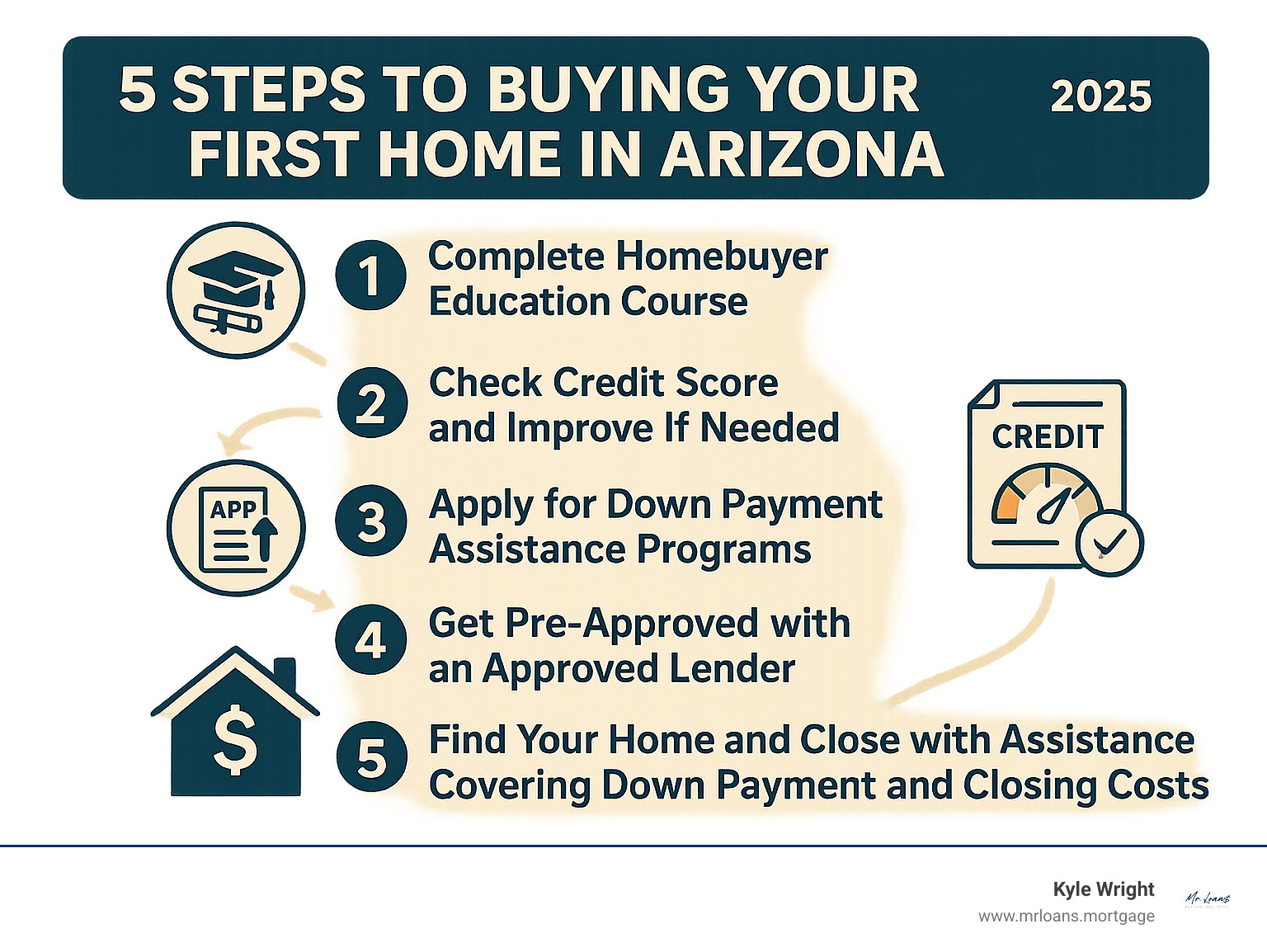
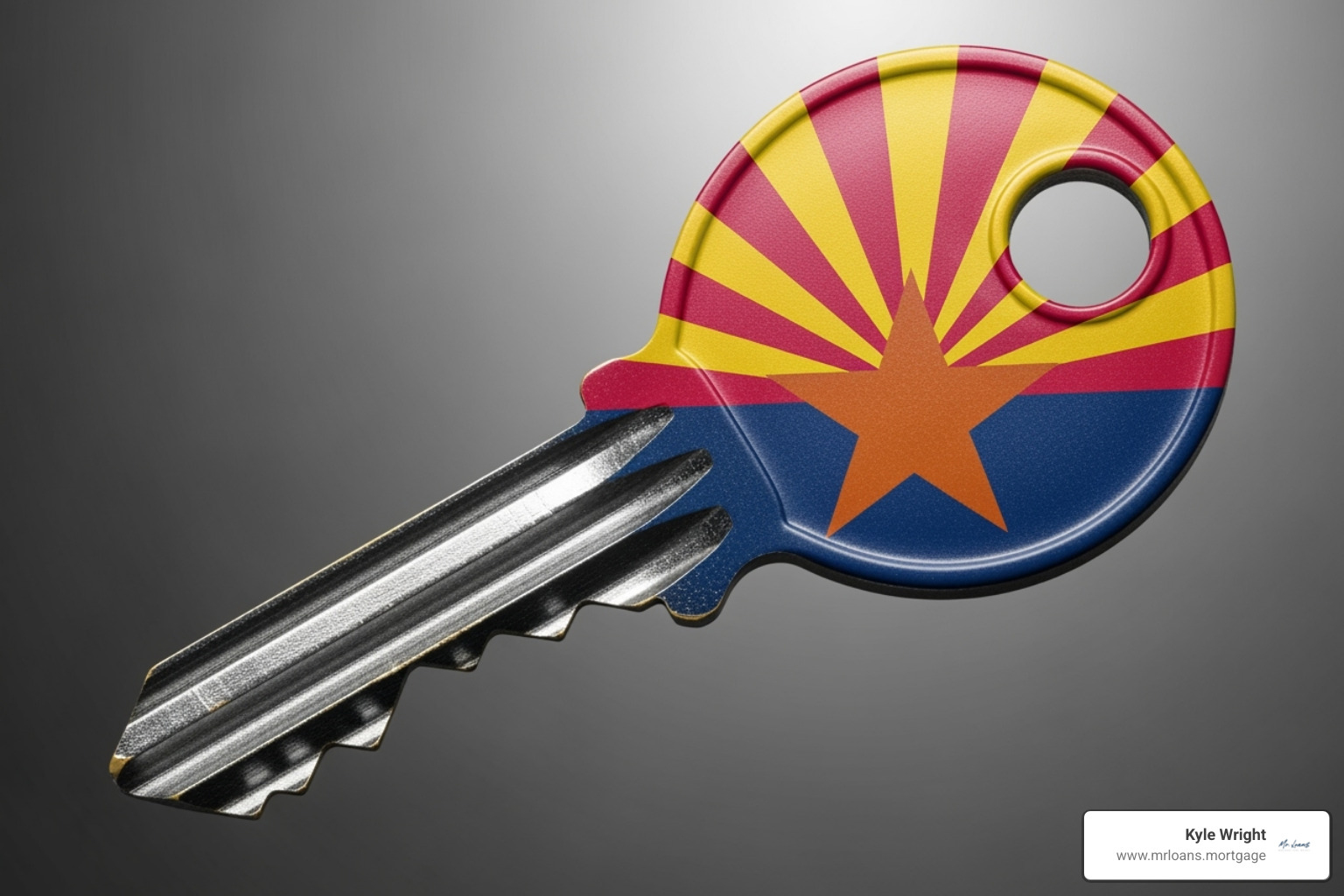



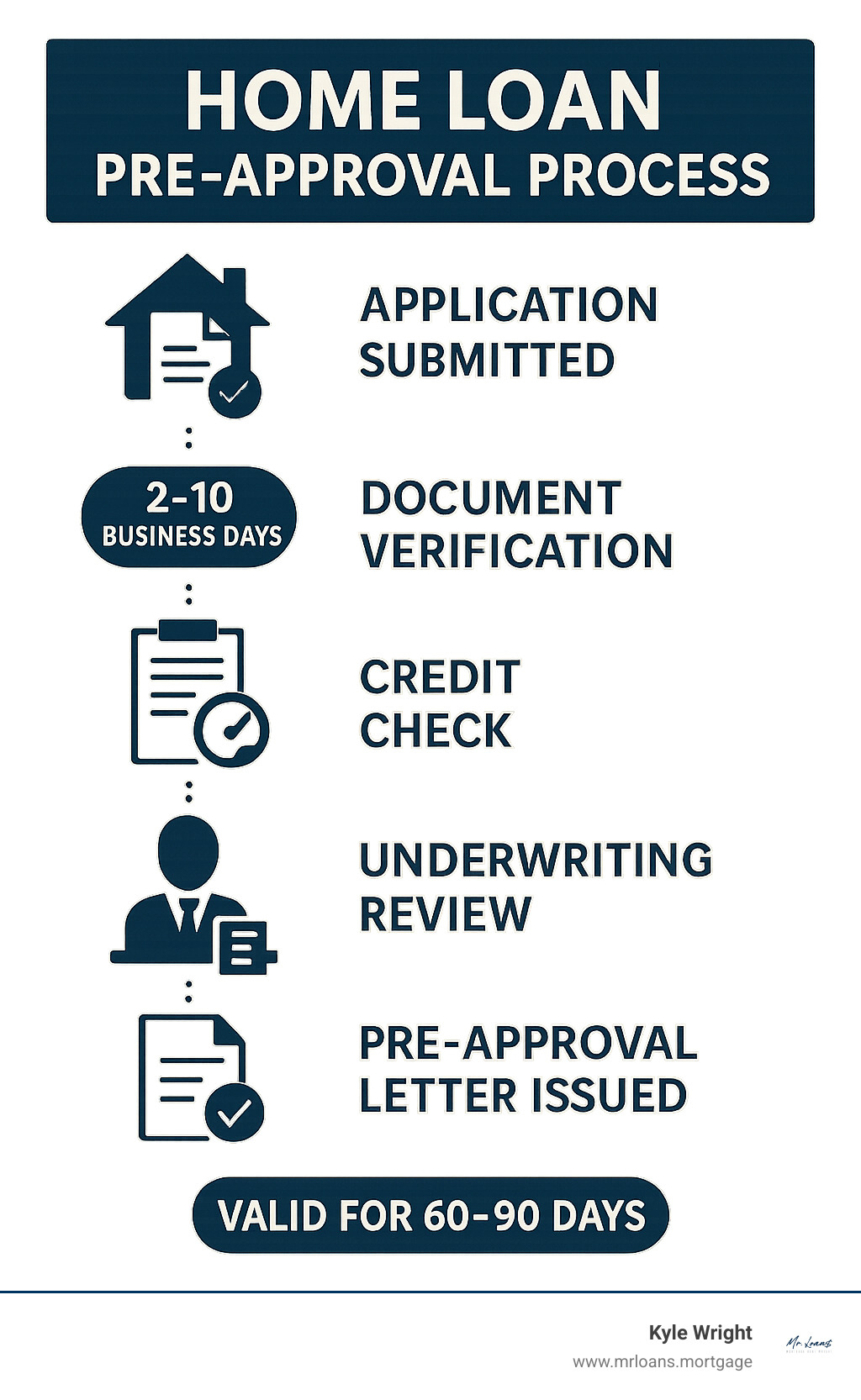






 Today’s buyers aren’t just looking for location and square footage—they’re also looking for convenience, efficiency, and technology. Smart home upgrades like video doorbells, smart thermostats, and app-controlled lighting are becoming increasingly popular, and they can even add value to your home when it’s time to sell.
Today’s buyers aren’t just looking for location and square footage—they’re also looking for convenience, efficiency, and technology. Smart home upgrades like video doorbells, smart thermostats, and app-controlled lighting are becoming increasingly popular, and they can even add value to your home when it’s time to sell.